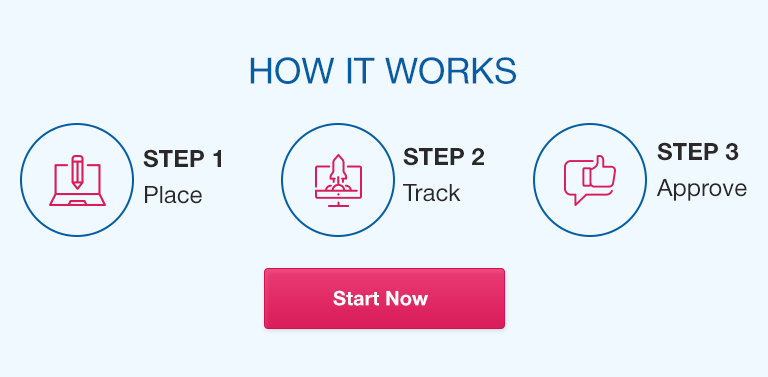Please details of the assignment in the attachment.
SS12 Social and Emotional Learning
Objective: Learners will identify and describe five components of a social emotional learning program.
Academic Language: language vocabulary needed for this module:
· Social and Emotional Learning (SEL)
· Self-awareness
· Self-management
· Decision making
· Relationships
When reflecting on Hattie’s synthesis of research and the
Influences on Student Achievement document, student relationships are found to have a strong influence on student achievement:
· Positive self-concept – .41
· Self-Efficacy – .92
· Reducing anxiety – .42
· Behavioral intervention programs – .62
· Positive peer influence – .53
· Strong classroom cohesion – .44
· Teacher expectations – .43
· Student-teacher relationships – .52
· Meta cognitive strategies – .60
· Self-regulation strategies – .52
· Settings standards for self judgement – .62
Social and Emotional Learning Wheel
Schools are now applying a framework of SEL in school-wide academic efforts as shown above. The goal of SEL is to build skills and competencies that help students successfully navigate and meaningfully contribute to their schools, careers, families, relationships, and multicultural communities.
What it looks like:
All students have developmentally-appropriate opportunities to engage in discussions with each other, raise problems and identify solutions in their schools and communities, productively challenge the inequities that they see, have a voice in how the school district operates, and take on authentic leadership roles.
By definition,
Social and Emotional Learning (SEL)Links to an external site.
is the process through which children and adults acquire and effectively apply the knowledge, attitudes, and skills necessary to understand and manage emotions, set and achieve positive goals, feel and show empathy for others, establish and maintain positive relationships, and make responsible decisions.
SEL is more than just a program or lesson. It is not just about what you teach and where you learn but HOW teaching and learning happen. SEL involves cultivating caring, participatory, and equitable learning environments and using evidence-based practices that actively involve all students in their social, emotional, and academic growth. The goal is to prepare students for long-term success in life and to become responsible, caring members of our multicultural society.
The most effective way to promote SEL infuses social and emotional learning into every part of students’ daily lives — all day, across all of their classrooms, in their homes and communities. This effort requires a coordinated, systemic approach between district leaders, principals, teachers, families, community partners, and other stakeholders.
SEL provides opportunities to ensure equity and relational capacity are maximized. Techniques such as using student agency, problem-solving, project learning, portfolios, constructive learning through peer engagement, sharing perceptions about academics and emotions, and welcoming feedback all promote an environment with mutual respect.
Click the video below to watch
Homework
Write out the 5 components that should be addressed in a social emotional learning program.


